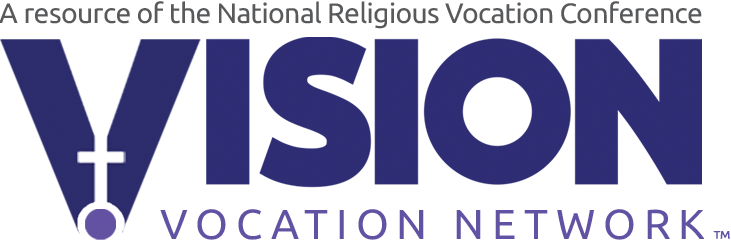Mercy meets at the border
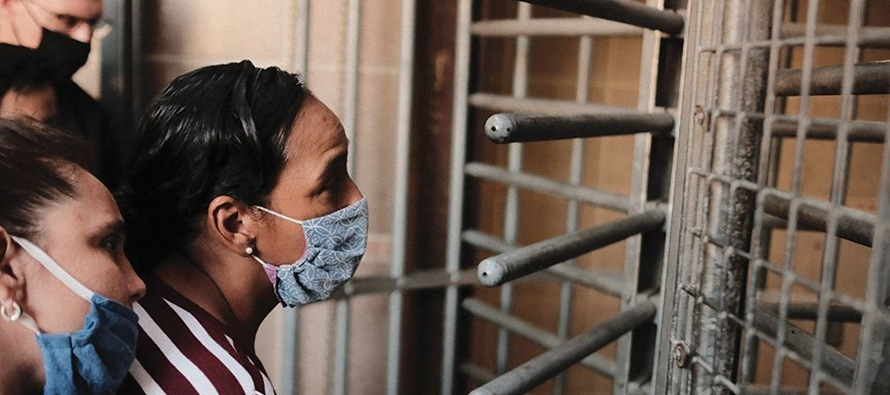
Nogales is a city that straddles the U.S.-Mexican border 70 miles south of Tucson, Arizona. This is one of hundreds of crossing points along the 2,000-mile border. Here women, supported by Kino Border Initiative, are on the south side of the border, appealing for asylum in the United States. (Photo: Julius Schlosburg, courtesy of Kino Border Initiative)
IT'S ONE OF GREAT SCANDALS of our time: Thousands of refugees fleeing terror, poverty, or both are stopped at the border of one of the richest nations on Earth, an immigrant nation at that.
Who stands with the “least of these,” people who have risked everything and may be getting nothing? Faithful people. Catholic women and men religious—sisters, priests, and brothers—along with lay partners, have been there, often leading, for many years.
Over time, relief organizations have grown on both sides of the border. Kino Border Initiative straddles the international border, with a base in Nogales, Arizona in the United States and one in Nogales, Sonora in Mexico. The initiative is the joint effort of six Catholic organizations on both sides of the border: California Province of the Society of Jesus, Jesuit Refugee Service, the Missionary Sisters of the Eucharist, the Mexican Province of the Society of Jesus, the Diocese of Tucson, and the Archdiocese of Hermosillo.
Sister Tracey Horan, S.P., a Sister of Providence of Saint Mary-of-the-Woods (Indiana), is on the Kino leadership team. Her understanding of the challenges at the border evolved. “We’re ready to hear things when we’re ready,” she told the Messy Jesus Business podcast. An early inspiration had been Sister Janet Gildea, S.C., who worked at the border as a physician. When her sisters were discerning how their congregation could be of help and witness at the border, Horan stepped up. She volunteered for an assignment at Kino Border Initiative, to live among Missionary Sisters of the Eucharist, a Mexican congregation, in Nogales, Sonora. There she works both in advocacy and in direct service to asylum seekers who find themselves unable to cross the border. They are particularly vulnerable and usually uncertain of where to turn next.
“We offer holistic accompaniment in the form of food, clothes, medical attention, psychological accompaniment,” explains Kino Border Initiative spokeswoman Gia Del Pino. She explains a far-reaching program that includes social work, legal assistance, humanitarian assistance, and political advocacy.
“You can imagine folks who are being discriminated against simply because they are migrating,” says Del Pino. There’s an educational component too, providing opportunities for people to come from afar and see for themselves the reality of the border.
Seeking to provide closure
Kino is one of a multitude of relief efforts along the 2,000-mile border, from California to Texas. Sister Maria Louise Edwards, C.S.S.F. is a woman who literally stopped in her tracks when she heard about Ángeles del Desierto, Angels of the Desert. It’s a volunteer program with a grim mission—to scout the desert trails for human remains, looking for lost loved ones. Since 1998, 8,000 migrants have died trying to cross the border, and 3,500 are missing.
Scorching hot 100+ degree days, nights that can dip into freezing temperatures, and distances longer than promised all spell disaster. The weak are left behind to die; their bodies become food for coyotes. The Angels seek to bring closure to families who have no idea what happened to their loved ones. They find remains then report the location to legal authorities.
Edwards has been at this since 2018. She started by making wooden crosses that could be placed at the location of remains when found, but “I wanted to see for myself,” she told St. Anthony Messenger. On her first trip with the Angels, what she saw along the California-Mexico border was horrific—a woman’s rib cage and skull, then a little girl’s shoe, with part of her foot within. She told the reporter of her revulsion at the sight, then reflected on the gift that women and men religious try to bring to painful scenes: “You run toward the suffering; you don’t run away from it.”
Uplifting human dignity
Another image of mercy comes from the witness of Franciscan Brother David Buer, O.F.M. In addition to regular visits to Mexican healthcare clinics, he travels two hours to the border from his Elfrida, Arizona friary to Ajo, Arizona to volunteer with “Ajo Samaritans.” These volunteers carry gallons of water to the migrant trails in an effort to save lives.
Friar Sam Nasada, O.F.M., now pastor at Mission San Luis Rey in California was in formation when he shared in Buer’s ministry. He remembers one story well. Their group had trekked along a trail leaving water jugs and reclaiming empty ones when they found human remains. It was shocking. Someone called the sheriff, and as the group waited, they sat in a circle around the remains and shared faith stories. Nasada recalls, “Probably for the first time ever since his death, a group of people actually gathered around to remember him and celebrate his life.”
That uplifting of human dignity, the willingness to do even something small in the face of an enormous problem, is emblematic of these religious who minister along the border. They are pointing all of the faithful toward solidarity. They are taking seriously the gospel call, the church’s call, to stand with the least.
Related article: VocationNetwork.org, “Religious orders aid and advocate for migrants.”
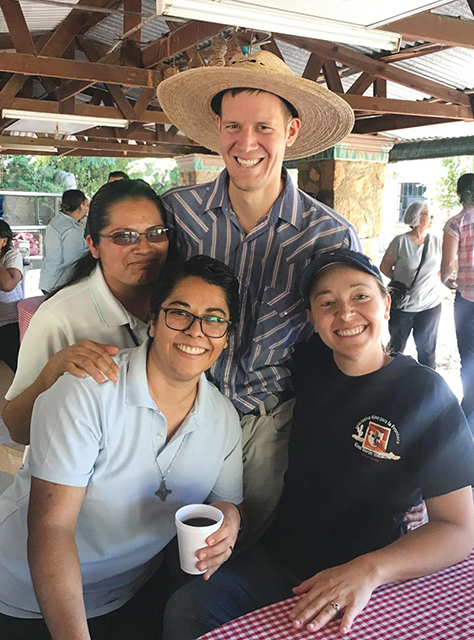
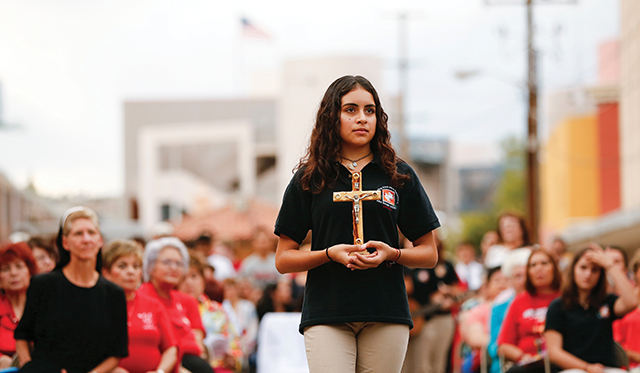
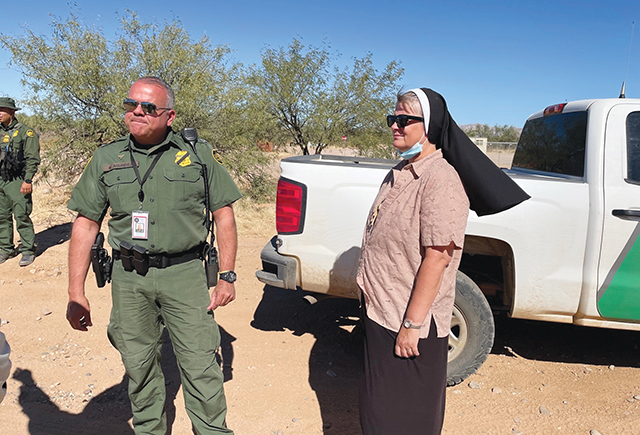
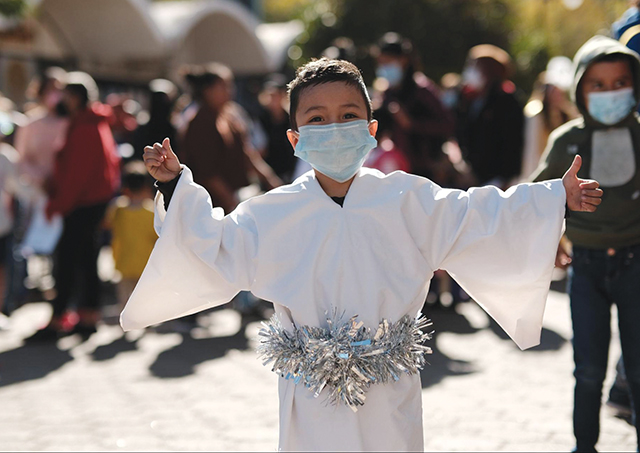
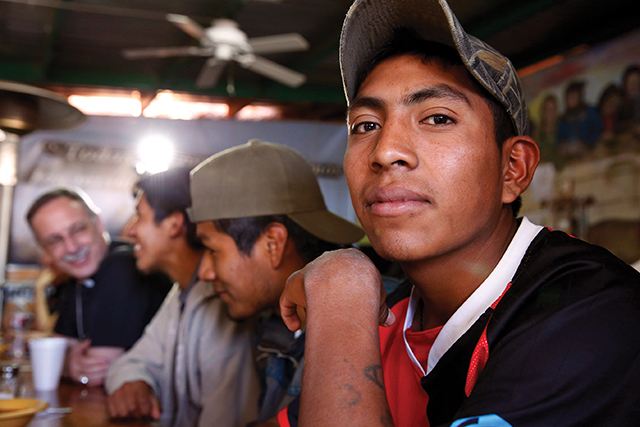
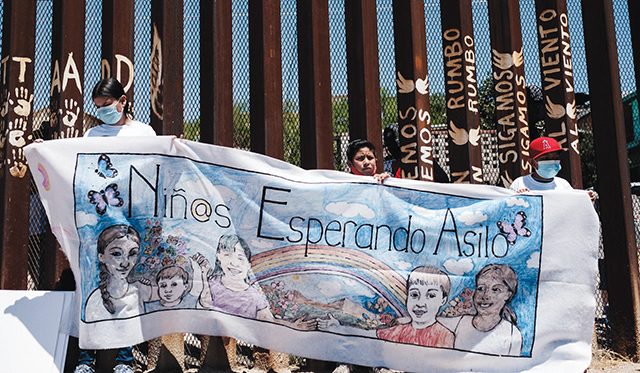
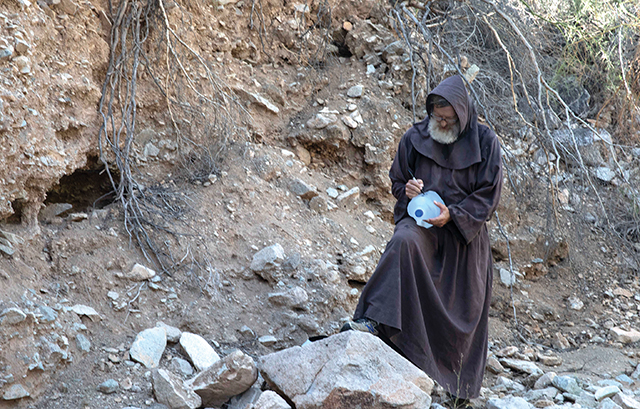
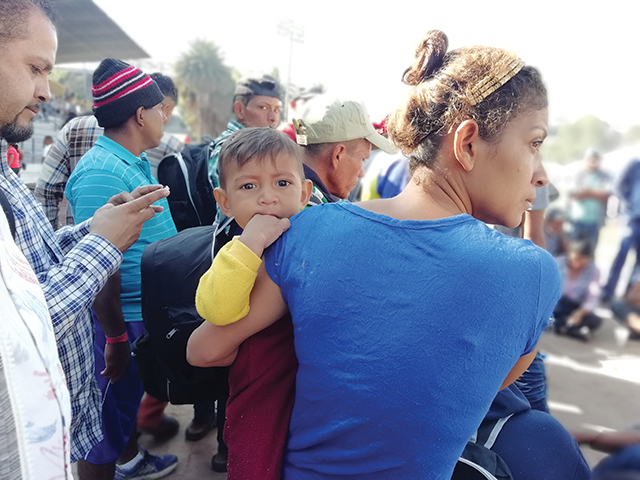
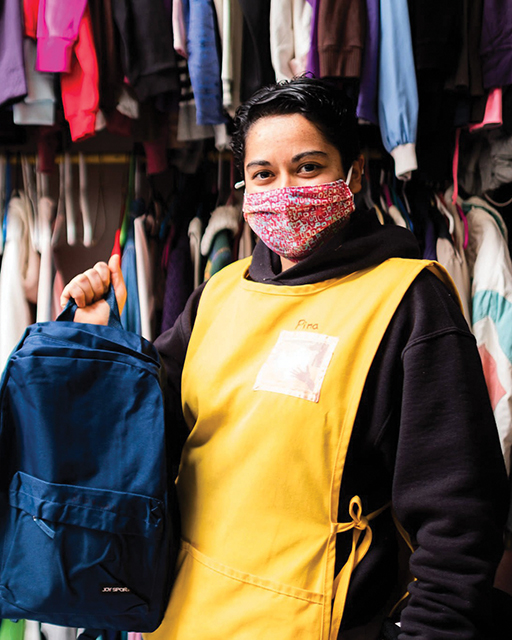
Tags
Related
- Questions you’ll be glad you asked
- What monastic mystics got right about life
- Religious communities embrace diverse members
- How my parents responded when I became a brother
- Vocation Basics: You are already called—Message to youth from Pope Francis
- Meet the parents
- Charism: The gift that shapes lives
- What our vows mean
- Discover five treasures of religious life
- Religious making a difference Read More
Most Viewed
- Find your spirituality type quiz
- Questions and answers about religious vocations
- Celibacy quiz: Could I be a nun? Could I be a brother? Could I be a priest?
- Resources for older discerners or those with physical and developmental differences
- About Vocation Network and VISION Guide
